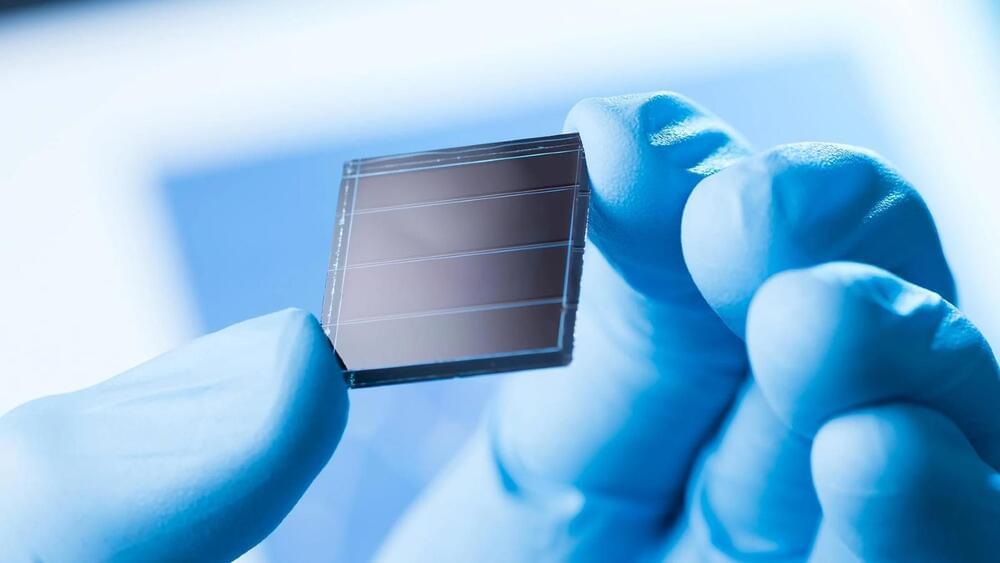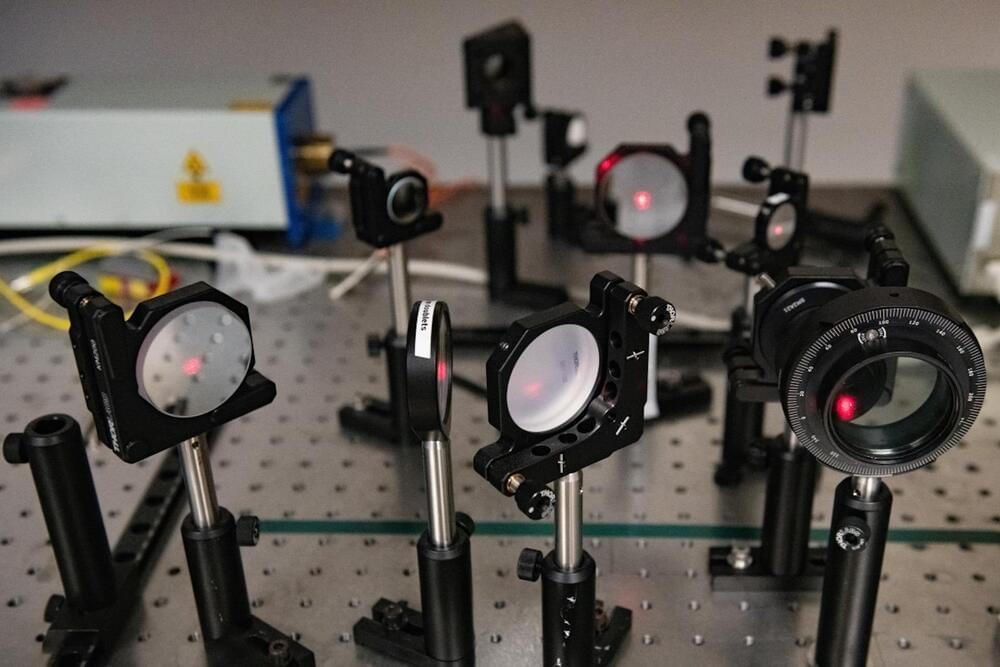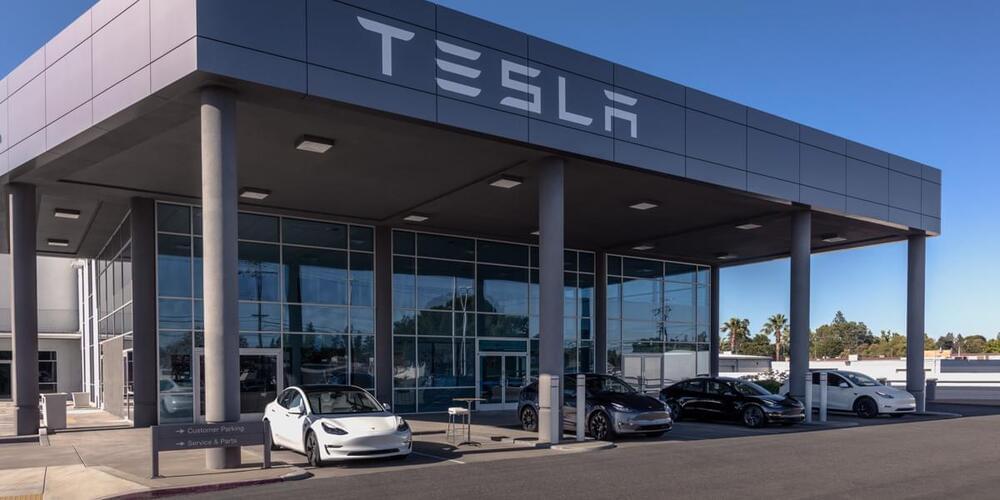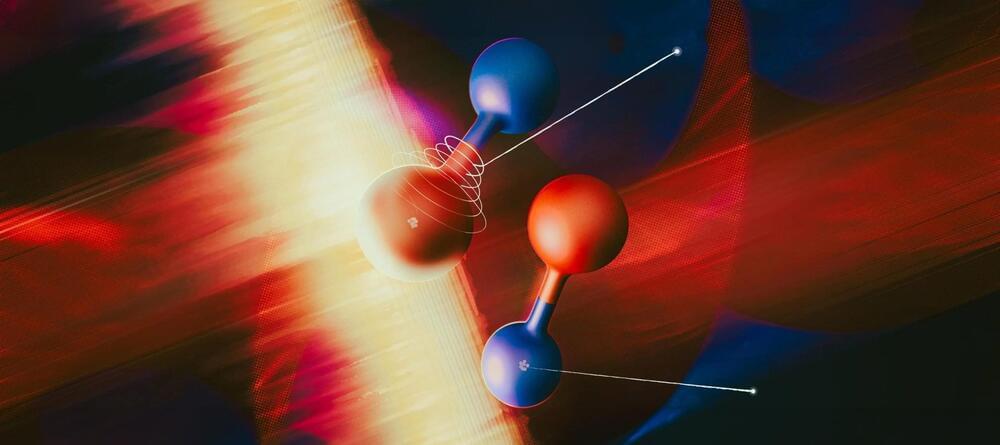Sep 2, 2024
Memory Breakthrough: Helical Magnets Pave the Way for Next-Gen Storage
Posted by Genevieve Klien in categories: innovation, sustainability
Researchers have developed a new magnet-based memory device using helical magnets, promising high-density, non-volatile storage without magnetic field crosstalk.
This breakthrough offers a sustainable solution to current challenges in information storage, with potential for large-scale integration and high durability.
A team of scientists has proposed a new concept for magnet-based memory devices, which might revolutionize information storage devices owing to their potential for large-scale integration, non-volatility, and high durability.


















